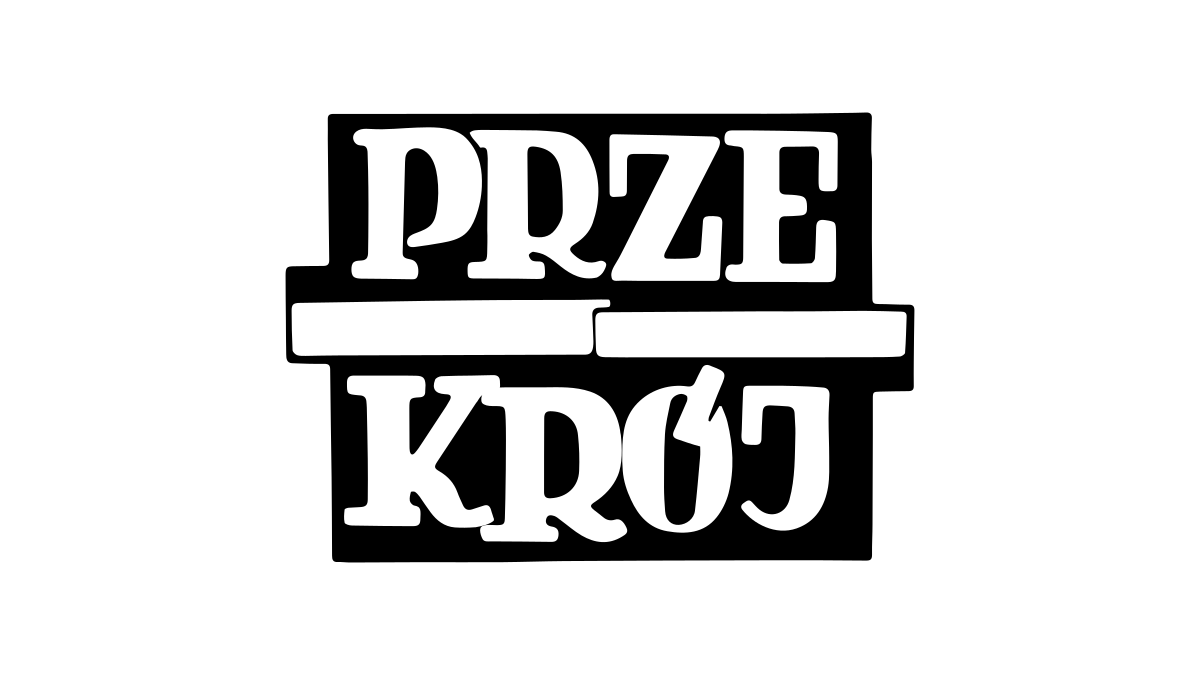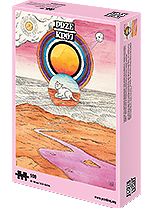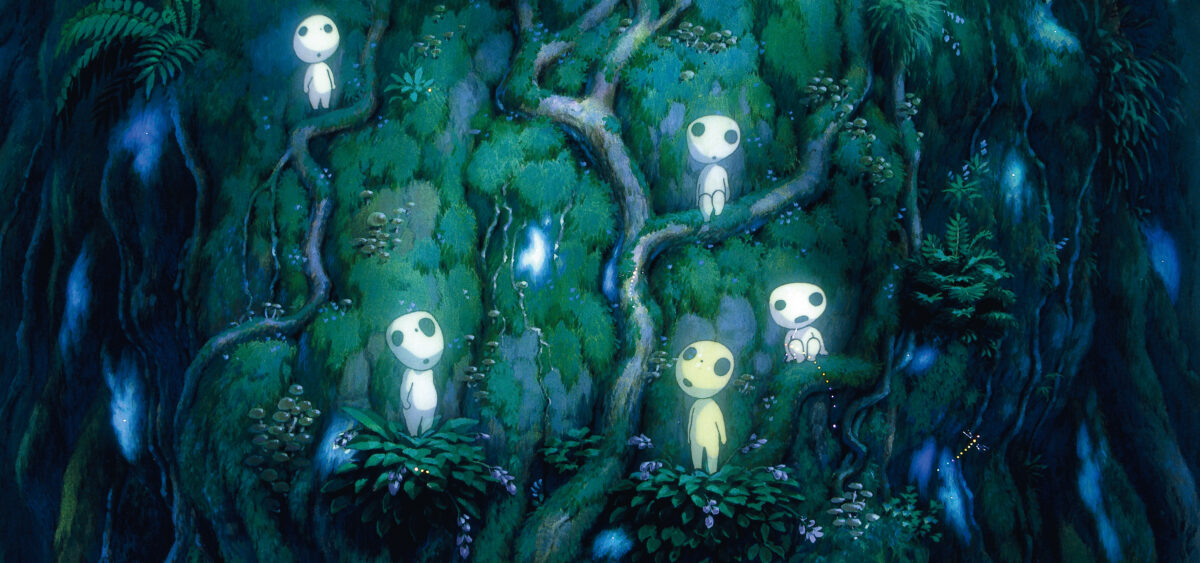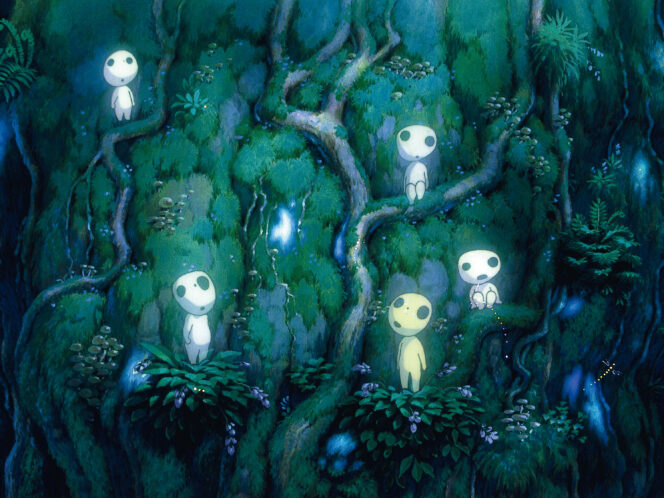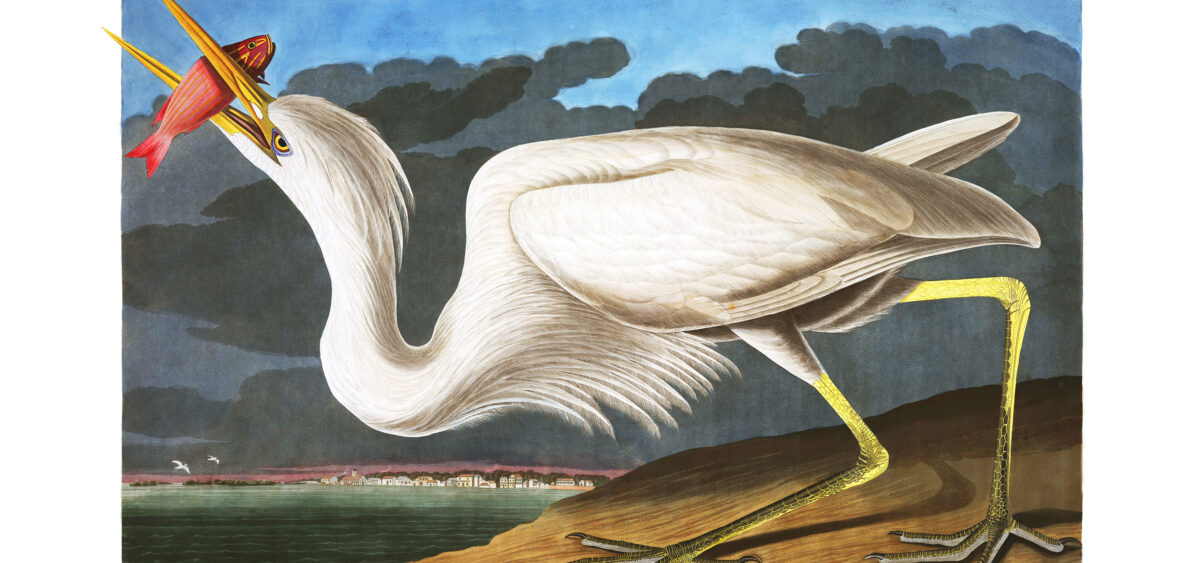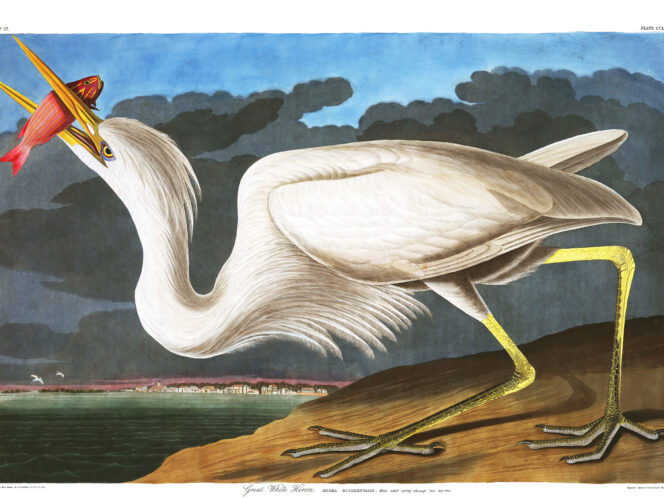
A fluffy and huggable Totoro and a wealth of other lively, cute spirits are the characters most readily associated with Studio Ghibli, the Japanese animation film studio. Yet behind this soft-power asset of commercialized icons lies a deep concern over environmental issues.
Hayao Miyazaki and Isao Takahata – the two animators who founded Studio Ghibli in 1985 – are known for having not only quite different personalities but also different ways of approaching their subjects. In her Frames of Anime, Tze-Yue G. Hu points at Takahata’s directorial debut, The Great Adventure of Horus, Prince of the Sun (1968), as the film where their interest in the themes of ecology and community living first manifested. Later on, these same themes started to ooze from many other titles in both Miyazaki’s and Takahata’s filmographies. Their environmental sensibilities are also enriched by their different modes of storytelling. Whereas Miyazaki often pitches his concerns against fantastical worlds (although ripe with historical influences and a mash-up aesthetic combining the West and East) and leaves the endings of his films open to interpretation, Takahata seems to have a predilection for stories rooted in realism and mostly carrying a more direct message.
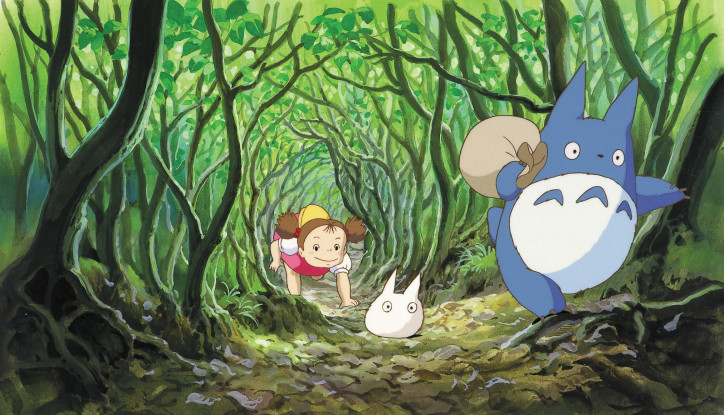
So where did this concern about the environment originate from? An easy answer would promptly marry Miyazaki’s ecological sensibility with the Japanese religion of Shinto, which still plays an important role in Ghibli
